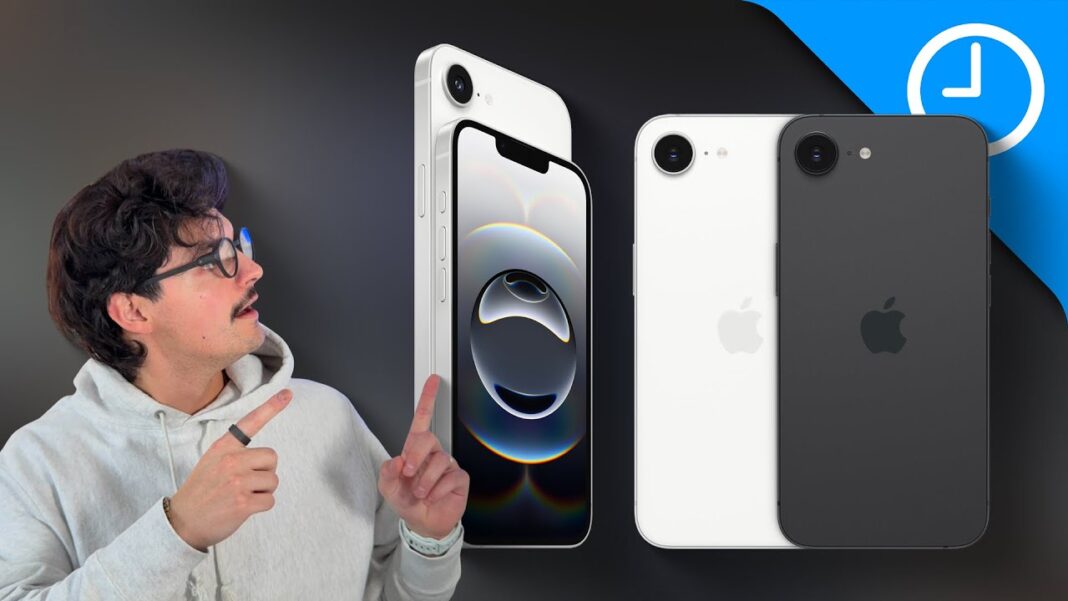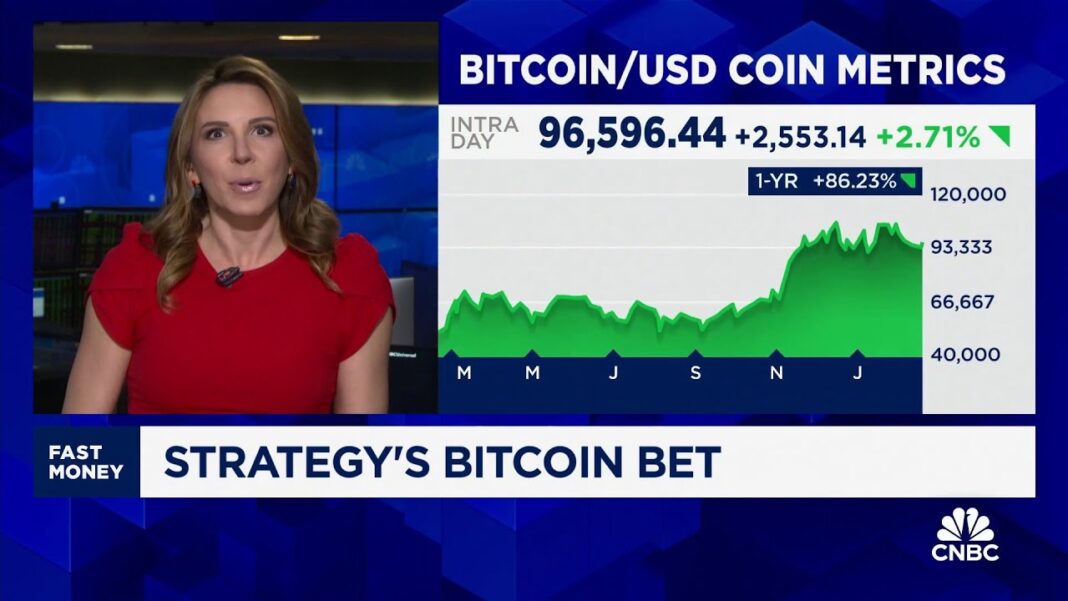Apple Unveils iPhone 16E: What’s New?
Apple has launched the iPhone 16E, introducing key updates that align with its latest design philosophy. The device features a 6.1-inch OLED display, removing Touch ID in favor of Face ID housed in a notch. Apple has also replaced the traditional mute switch with an Action Button for more functionality.
A significant shift is the move to USB-C, replacing the proprietary Lightning port. However, unlike the Pro models, the iPhone 16E lacks USB 3.0 speeds. Apple has also removed MagSafe compatibility, offering only basic wireless charging.
Performance and AI Capabilities
The iPhone 16E runs on the A18 chip, offering an 80% performance boost over the A13 Bionic found in the iPhone 11. Apple Intelligence, the company’s new AI-driven platform, will be fully supported on this device, making it the cheapest entry point into Apple’s AI ecosystem.
Additionally, Apple introduces the C1 modem, its first in-house 5G modem, moving away from reliance on Qualcomm. This modem is expected to enhance connectivity while ensuring seamless performance across Apple’s ecosystem.
Camera and Battery Upgrades
The iPhone 16E features a 48MP single-lens rear camera with a 2x telephoto option via cropping. The front camera receives an upgrade to 12MP, enhancing selfies and FaceTime calls. The device supports 4K60 video recording, spatial audio, and advanced audio mixing.
Apple claims this model offers the best battery life in a 6.1-inch iPhone, boasting up to 26 hours of video playback. However, the lack of MagSafe may limit wireless charging options for some users.
Pricing, Availability, and Market Positioning
The iPhone 16E starts at $599 for 128GB storage, a 60% price increase from the last SE model. Pre-orders begin on February 21, with availability following a week later.
This price positioning raises questions about its impact on the standard iPhone 16, as the 16E offers many similar features for $200 less. Consumers seeking affordability and long-term updates may find better value in the 16E.
Who Should Buy the iPhone 16E?
This model is ideal for users upgrading from older iPhones such as the iPhone SE3, iPhone 11, or iPhone 12. It offers a balance of modern features at a lower cost compared to the main iPhone lineup.
However, those using an iPhone 15 or later may not find enough incentives to switch. The missing MagSafe and single-camera setup might also be deal-breakers for some users.
Future Outlook and Key Takeaways
- Apple’s AI Strategy: The 16E marks Apple’s effort to integrate AI across all price tiers, making Apple Intelligence more accessible.
- USB-C Standardization: The move aligns Apple with industry standards, improving compatibility but at the cost of missing high-speed data transfers.
- Modem Independence: Apple’s in-house 5G modem signals a long-term shift away from third-party providers like Qualcomm.
- Pricing Challenges: The significant price jump may deter some budget-conscious users, positioning the 16E closer to the main iPhone lineup.
Apple’s strategic choices will impact consumer adoption, and future models may address gaps like MagSafe compatibility and high-speed USB data transfers.
Disclaimer
This article is for informational purposes only. The information provided is based on publicly available data and does not constitute financial, technological, or consumer advice.
Emma Novak is a wealth management specialist focused on sustainable investing. Her work has been featured in Forbes, Bloomberg, and other leading financial outlets.




